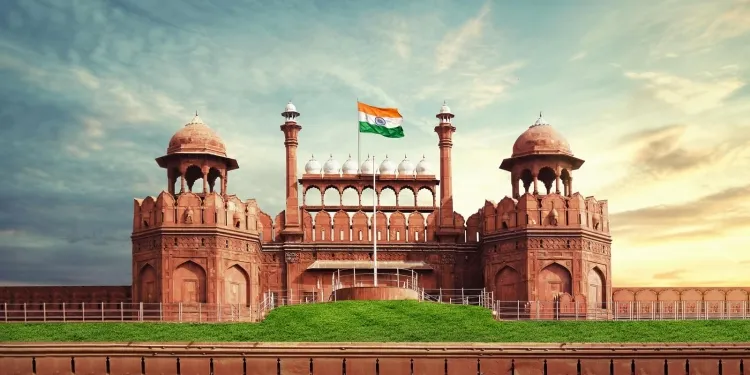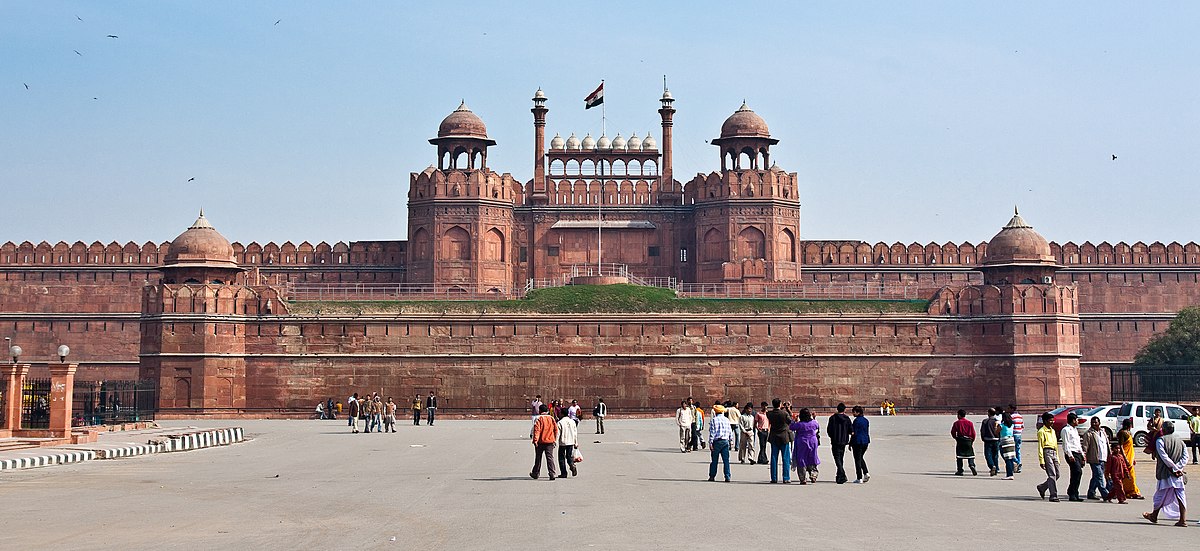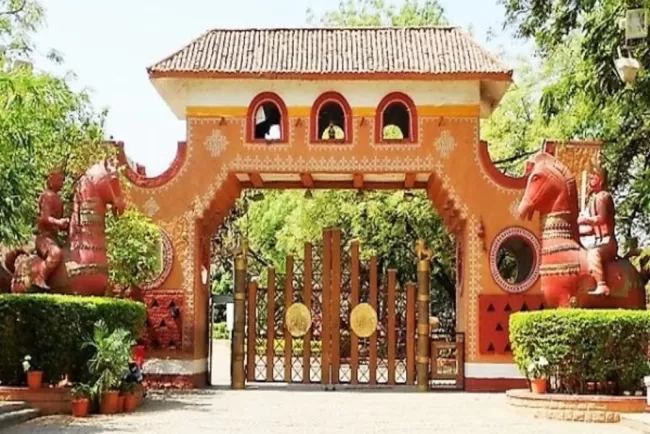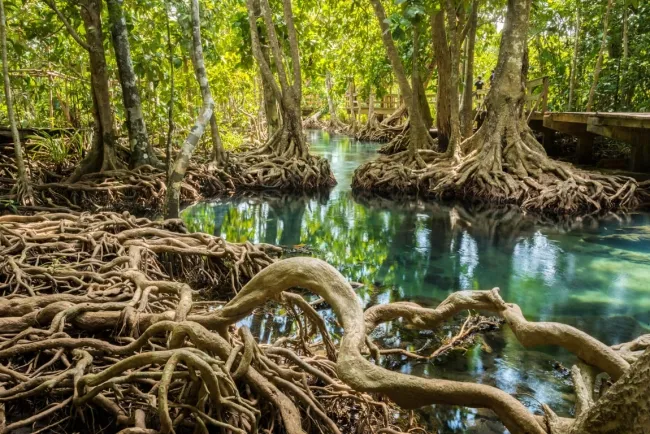Red Fort: A Symbol of India's Rich History and Heritage...!!!
The Red Fort stands as a proud symbol of India's rich history, architectural brilliance, and cultural heritage. It is a testament to the grandeur of the Mughal Empire and the enduring spirit of the Indian people. As efforts continue to preserve and celebrate this historical marvel, the Red Fort remains a beacon of India's glorious past and a source of inspiration for future generations.

Red Fort: A Symbol of India's Rich History and Heritage
The Red Fort, also known as Lal Qila, is one of the most iconic landmarks in India. Situated in the heart of Delhi, it stands as a testament to the country's rich history, architectural brilliance, and cultural heritage. Built by the Mughal emperor Shah Jahan in the mid-17th century, the Red Fort has witnessed numerous historical events and continues to symbolize India's sovereignty.
Historical Background
Construction of the Red Fort began in 1638 and was completed in 1648. Shah Jahan, the Mughal emperor who also commissioned the Taj Mahal, decided to shift his capital from Agra to Delhi and built the Red Fort as the focal point of his new capital, Shahjahanabad. The fort was designed by the renowned architect Ustad Ahmad Lahori and showcases the pinnacle of Mughal architecture.
The fort served as the residence of the Mughal emperors for nearly 200 years, until the British colonial era. It was not only a royal residence but also the center of governance, administration, and cultural activities. The Red Fort's significance continued even after India's independence, becoming the site where the first Prime Minister of India, Jawaharlal Nehru, hoisted the national flag on August 15, 1947. Since then, the Prime Minister of India has raised the national flag at the Red Fort every Independence Day, followed by an address to the nation.
Architectural Features
The Red Fort is a magnificent example of Mughal architecture, blending Persian, Timurid, and Indian styles. The fort complex spans an area of about 254 acres and is enclosed by massive red sandstone walls that extend over 2.4 kilometers. The fort's walls range in height from 18 meters on the riverside to 33 meters on the city side.
Some of the most notable architectural features of the Red Fort include:
1. Lahori Gate: The main entrance to the fort, the Lahori Gate, is an imposing structure that leads to a covered bazaar known as the Chatta Chowk. This market area once served as a place for traders to sell their wares to the royal family and nobility.
2. Diwan-i-Aam (Hall of Public Audience): This hall was where the emperor would address the general public and listen to their grievances. It features a raised platform where the emperor's throne was placed.
3. Diwan-i-Khas (Hall of Private Audience): A more intimate hall where the emperor would meet with his ministers and other dignitaries. The Diwan-i-Khas is known for its intricate marble work and the famous Peacock Throne, adorned with precious gems.
4. Rang Mahal (Palace of Colors): This palace was the residence of the emperor's wives and concubines. It is known for its beautiful decorations, including painted ceilings and marble fountains.
5. Moti Masjid (Pearl Mosque): A small, elegant mosque built by Aurangzeb, the son of Shah Jahan, for his private use. It is made of white marble and is a fine example of Mughal religious architecture.

Cultural and Historical Significance
The Red Fort holds immense cultural and historical significance for India. It was the seat of Mughal power and played a central role in the history of the Indian subcontinent. The fort witnessed the decline of the Mughal Empire, the rise of British colonial rule, and the struggle for Indian independence.
In addition to its historical importance, the Red Fort is also a symbol of India's cultural heritage. It has been the site of various cultural events, including traditional music and dance performances, exhibitions, and festivals. The fort's architecture and art reflect the rich cultural diversity and artistic achievements of the Mughal era.
Tourism and Preservation
Today, the Red Fort is one of the most visited tourist attractions in India. It was designated a UNESCO World Heritage Site in 2007, recognizing its historical and cultural significance. The fort is maintained by the Archaeological Survey of India, which undertakes regular conservation and restoration efforts to preserve its grandeur for future generations.
Visitors to the Red Fort can explore its many attractions, including the museums that house artifacts from the Mughal era. The sound and light show held in the evenings narrates the history of the fort and the Mughal dynasty, offering a captivating experience for tourists.
The Red Fort stands as a proud symbol of India's rich history, architectural brilliance, and cultural heritage. It is a testament to the grandeur of the Mughal Empire and the enduring spirit of the Indian people. As efforts continue to preserve and celebrate this historical marvel, the Red Fort remains a beacon of India's glorious past and a source of inspiration for future generations.
What's Your Reaction?
















